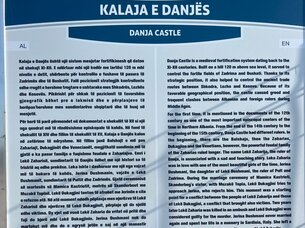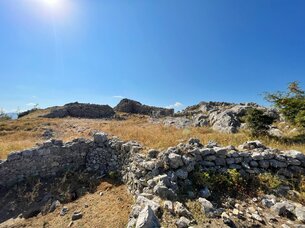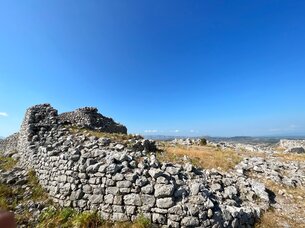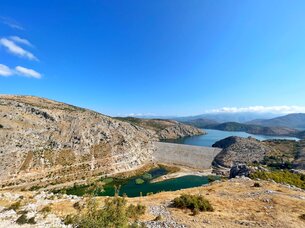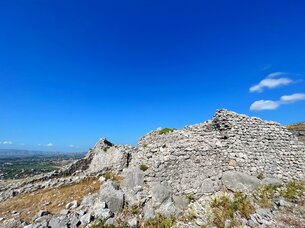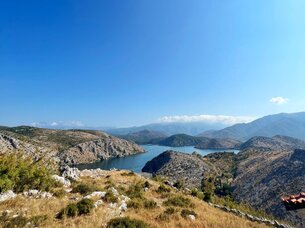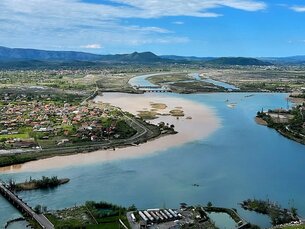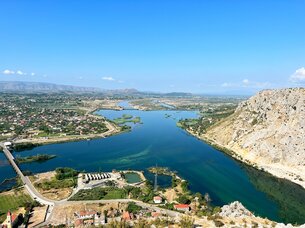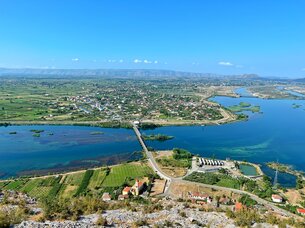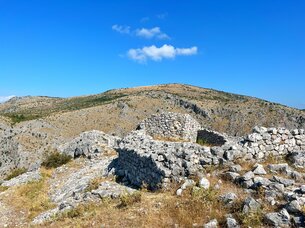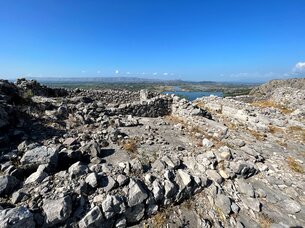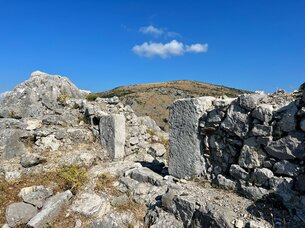Danja Castle
Danja Castle is a medieval fortification system dating back to the XI-XII centuries. Built on a hill 120 m above sea level, it served to control the fertile fields of Zadrima and Bushati. Thanks to its strategic position, it also helped to control the ancient trade routes between Shkodra, Lezha and Kosovo. Because of its favorable geographical position, the castle caused greed and frequent clashes between Albanian and foreign rulers during Middle Ages.
For the first time, it is mentioned in the documents of the 12th century as one of the most important episcopal centers of the time in Northern Albania. From the end of the 14th century to the beginning of the 15th century, Danja Castle had different rulers. In the beginning, there are the Balshajs, then the Zaharias, Dukagjins and the Venetians, however, the powerful feudal family of the Zaharias ruled longer. The name Leke Zaharija, the ruler of Danja, is associated with a sad and touching story. Leka Zaharia was in love with one of the most beautiful girls of the time, Jerina Dushmani, the daughter of Leke Dushmani, the ruler of Pult and Zadrima. During the marriage ceremony of Mamica Kastrioti, Skanderbeg's sister, with Muzake Topia, Lekë Dukagini tries to approach Jerina, who rejects him. This moment was a starting point for a conflict between the people of Leke Zaharija and those of Leke Dukagjini, a conflict that brought also victims. Two years later Leke Zaharia was killed in an ambush and Lek® Dukagini was considered guilty for the murder. Jerina Dushmani never married again and spent her life in a nunnery in Sardinia, Italy. She left a bequest to be buried in Danja, near the grave of Leke Zaharija.
Leke Zaharija's mother, after the murder of her only son, handed over to Venice the castle with all her possessions, because she considered Leke Zaharija's murder as a hostile act of the League of Lezha. The Venetians will own the castle until it was occupied by the Ottomans in 1479. The Ottoman conquest brought the destruction and abandonment of the Castle.
During the 80s of the last century, several archaeological excavations were carried out revealing the organization of the castle and the residence of the Zaharia's family.

